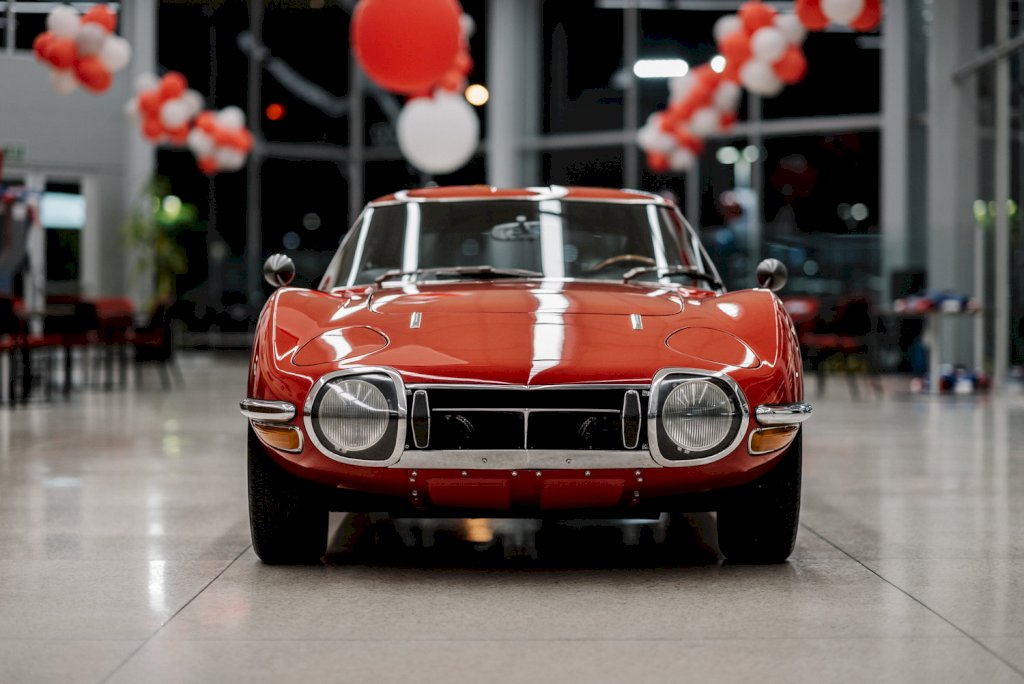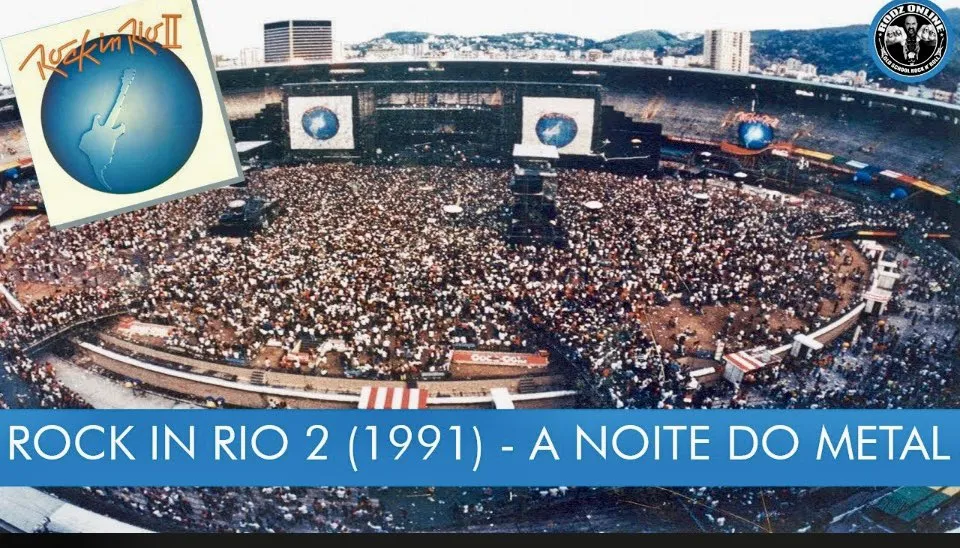In the sprawling landscape of automotive history, the 1958 Edsel Citation occupies a unique and cherished place. This remarkable automobile was crafted by the skilled hands of the Mercury-Edsel-Lincoln Division (M-E-L) within the Ford Motor Company, headquartered in the automotive hub of Dearborn, Michigan. It graced the roads under the prestigious Edsel marque in the year 1958, forever etching its name into the annals of automotive excellence.



Fast forward to the present day, and the 1958 Edsel Citation remains not just a classic, but an icon that enthusiasts hold dear. Astonishingly, fewer than 6000 of these masterpieces endure today, each one a testament to a bygone era of automotive artistry. It was in the advertising of 1958 that the Edsel Citation's essence was best captured: "Once you've seen it, you'll never forget it. Once you've owned it, you'll never want to change." These words resonate deeply with those who've had the privilege of experiencing the Edsel Citation.

Among the surviving specimens, a 1958 Edsel Citation coupe stands out, a pristine testament to the enduring allure of this automotive legend. Not only does it retain its original allure, but it also runs with the grace and power of its heyday. Its exterior is a mesmerizing blend of Red and White, a combination that not only speaks of its era but also exudes a timeless elegance. The two-tone White interior, adorned with cloth inserts, offers a glimpse into the opulence and sophistication of its time.


What truly sets this fine example apart is its innovative features. The floating speedometer, a distinctive hallmark of the Edsel Citation, is a testament to the forward-thinking design that defined this automobile. Additionally, the Teletouch wheel-mounted push-button automatic transmission adds a touch of sophistication and ease to the driving experience, embodying the spirit of innovation that was synonymous with the Edsel brand.



Owning a 1958 Edsel Citation is akin to possessing a piece of living history. It transports its fortunate owner back to an era when automobiles were not mere modes of transportation but rolling works of art and symbols of status. The Citation captures the essence of the late 1950s, a time characterized by boundless optimism and unbridled creativity, and it continues to captivate onlookers and evoke nostalgia wherever it roams.

In an age dominated by mass-produced, uniform vehicles, the 1958 Edsel Citation is a beacon of individuality and craftsmanship. It stands as a lasting testament to an era when American ingenuity and design prowess took center stage in the automotive world. For those who have the privilege of ownership or the joy of encountering one on the road, the Edsel Citation remains an enduring symbol of automotive excellence, a classic that defies the passage of time.



